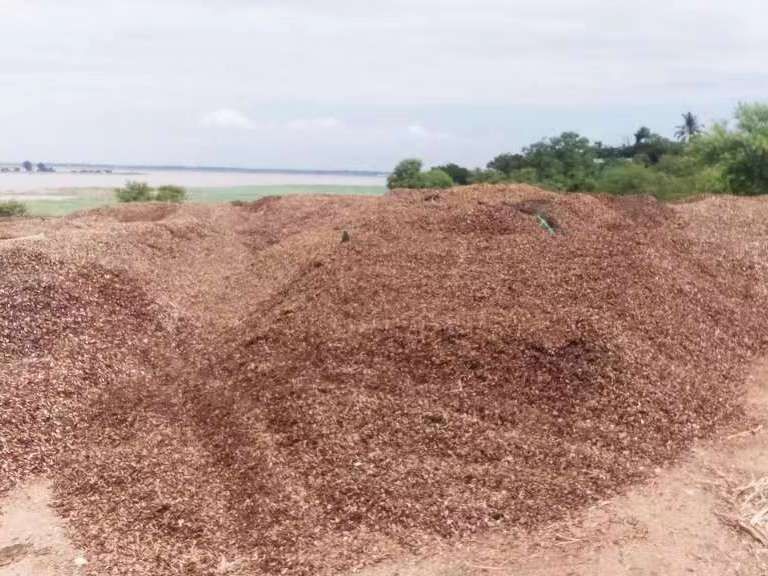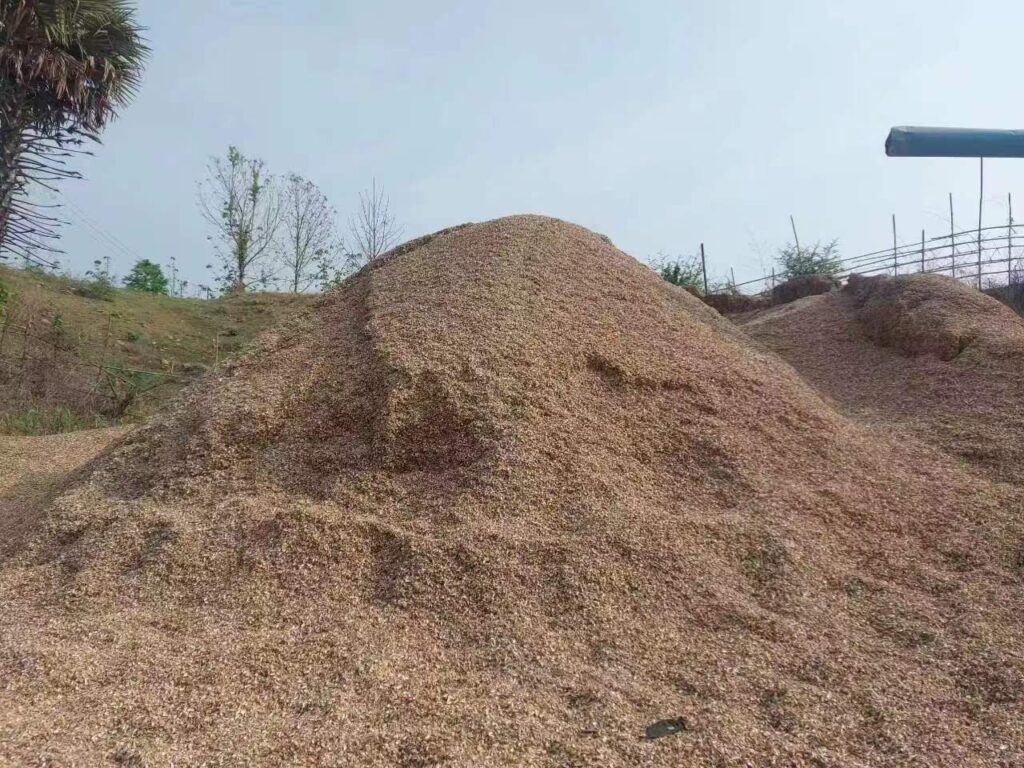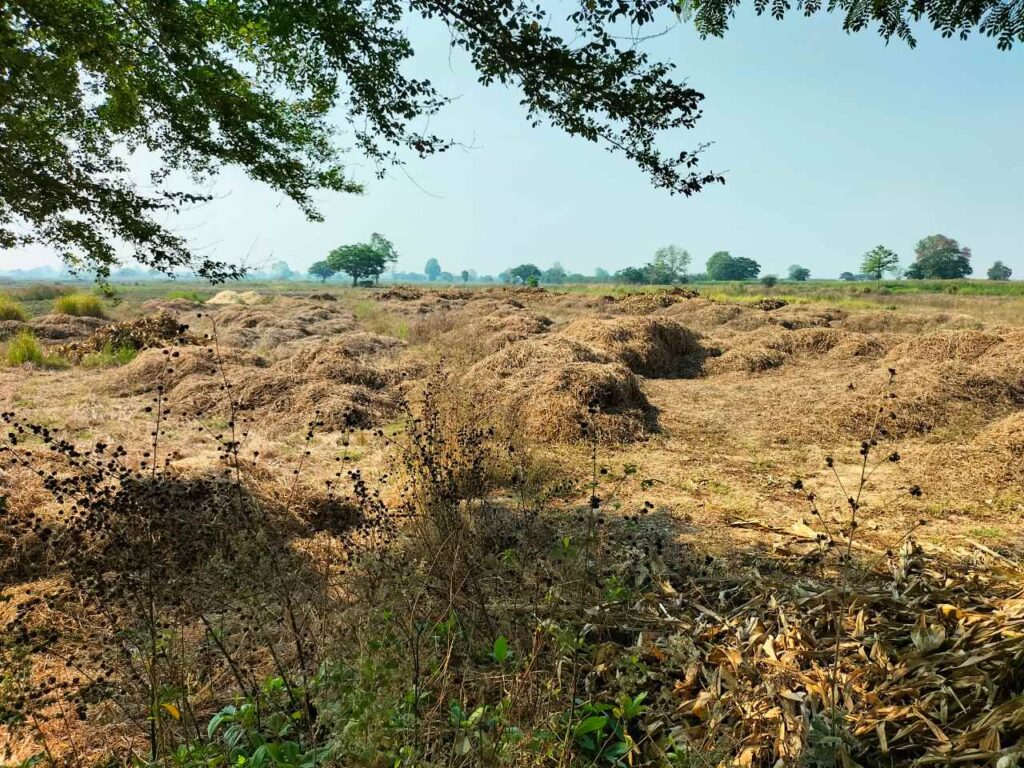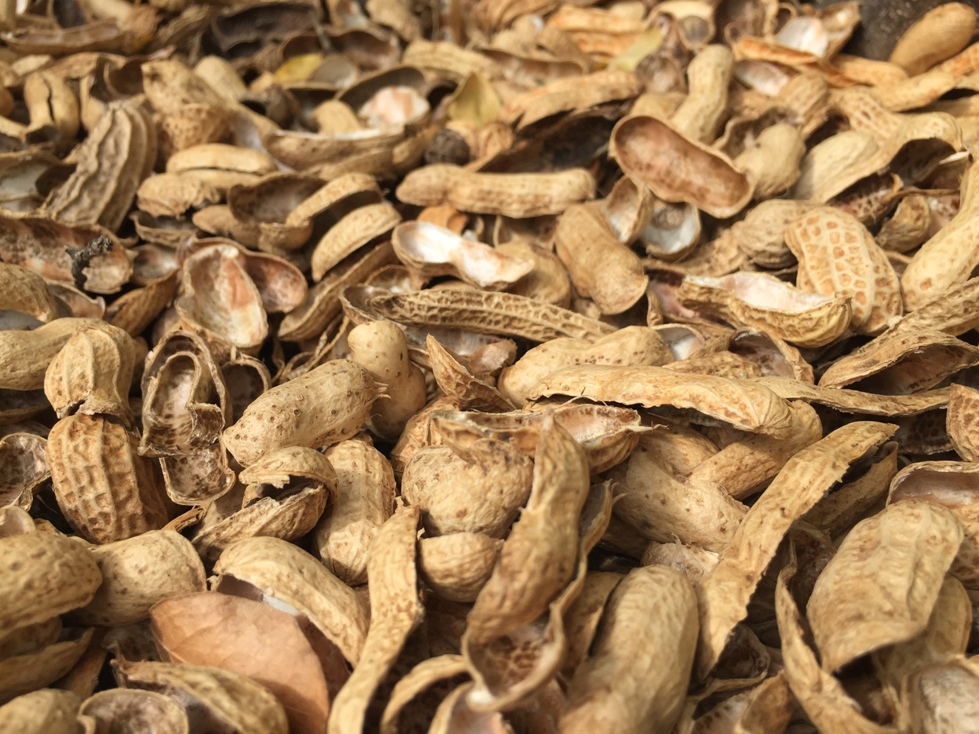The world’s population needs food to survive, and in our ever-evolving world, we are becoming ever more energy dependent. Until recently, it has not been possible to merge the production and management of these two needs in a synergistic and environmentally responsible way.
It is now estimated that 8 billion people inhabit the Earth. It is also estimated that 8 billion tons of fossil coal will be consumed for energy production in 2022. Our dependency on fossil fuels is expected to remain high in the short term until many new carbon neutral technologies become operational.
While agriculture technologies are rapidly improving to respond to the global demand for food, it is estimated that 1 billion tons of agricultural waste and residues are produced every year. And, as long as food demand increases, so will the levels of residuals, or biomass. These biomass waste streams are not always disposed of responsibly. While open burning and dumping are now illegal in many regions, these practices are still commonplace in under or newly developed countries. These methods release carbon dioxide (CO2) and methane CH4) and other greenhouse gasses into the atmosphere.
Until now, there has been no economical and efficient technology that could up-cycle these residues. Collection issues, low energy density, as well as the presence of potassium, chlorine, nitrogen, and other elements, have made conversion of biomass into a clean solid fuel very difficult.
Densified woody biomass is an obvious source of renewable biomass. However, even though it is considered carbon neutral as a fuel, it still is dependent on industrialized deforestation residuals, or direct deforestation. Our forests are a primary component of the Earth’s ability to sequester carbon from the atmosphere. The growth-to-harvest cycle for trees is prohibitively long, and it is not possible to displace 8 billion tons of coal with a densified woody biomass solid fuel. While woody biomass may play an important role, it is not tenable without developing other forms of biomass.









